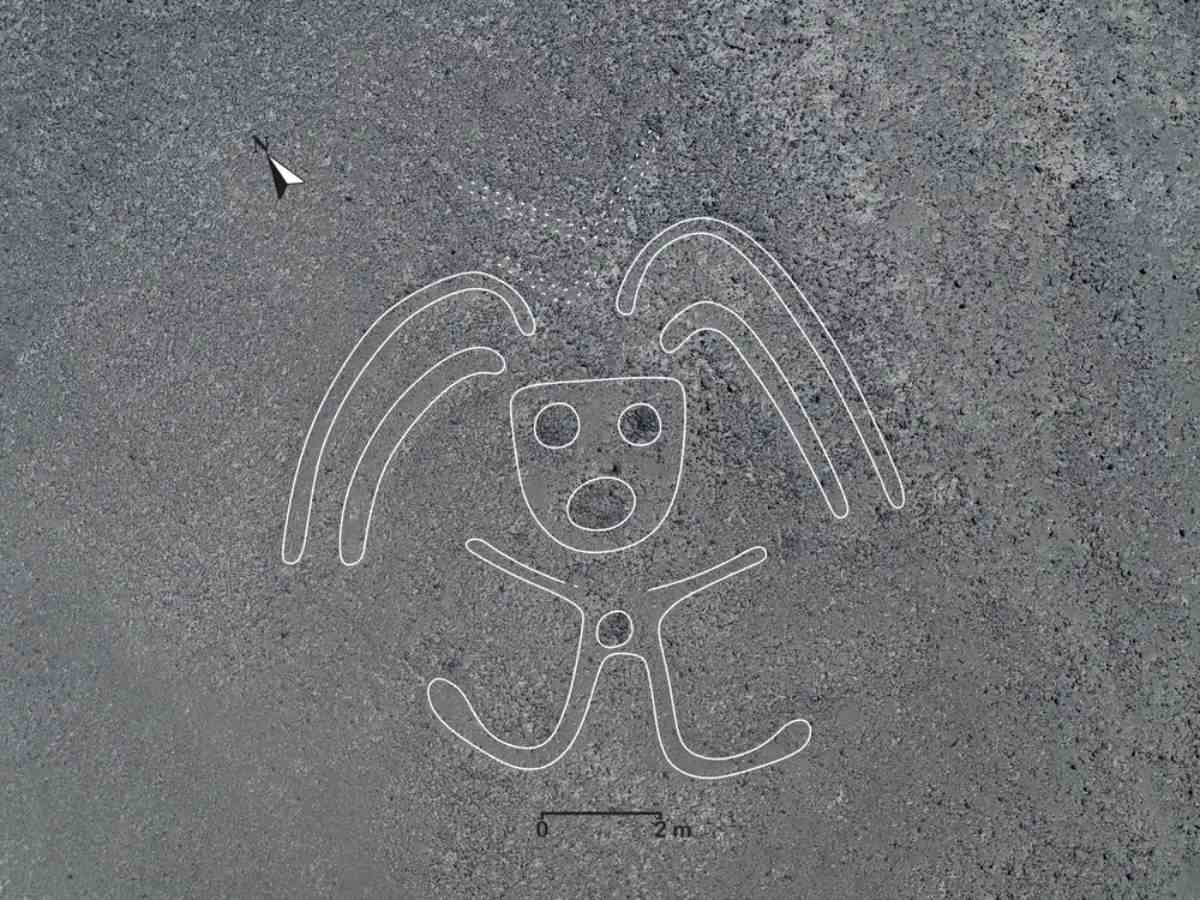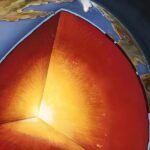Strange and mysterious artworks. Another 168 Nazca geoglyphs have been found in the Peruvian Andes. Animals including llamas, birds, huge cats, snakes, and whales, as well as some human figures, are shown in the 1,700- to 2,100-year-old ground drawings. The inhabitants of the Nazca civilization made them by moving away the darker surface stones to expose the brighter background. Now that they have identified a large enough sample of geoglyphs, the researchers want to employ AI-powered analysis to assess their prevalence and interpret their likely significance.
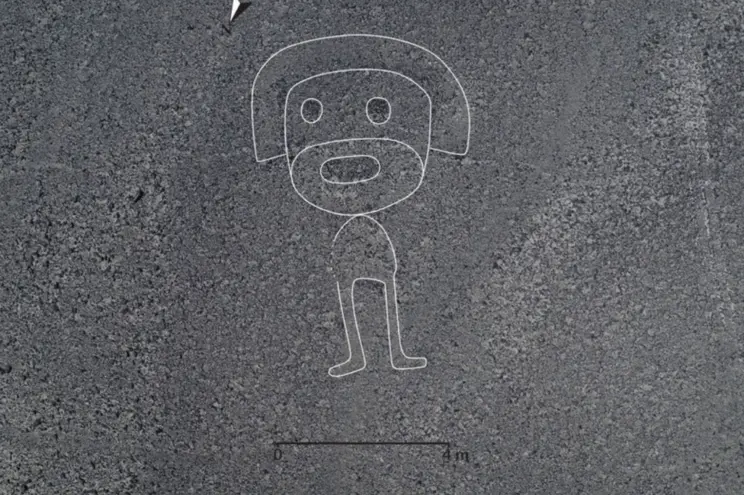
Peru’s Nazca Lines are one of the world’s most enigmatic clues to lost civilizations. Large ground pictures, such as birds, spiders, cats, and monkeys, as well as 12.5 miles (20 km) long lines and abstract designs, were scratched into the hard desert soil by members of the Paracas and Nazca civilizations for generations.
It is possible that some of these geoglyphs are astrological markers, while others were made as part of ceremonies or to honor unusual species that have since died off.
Geoglyphs discovered by an AI
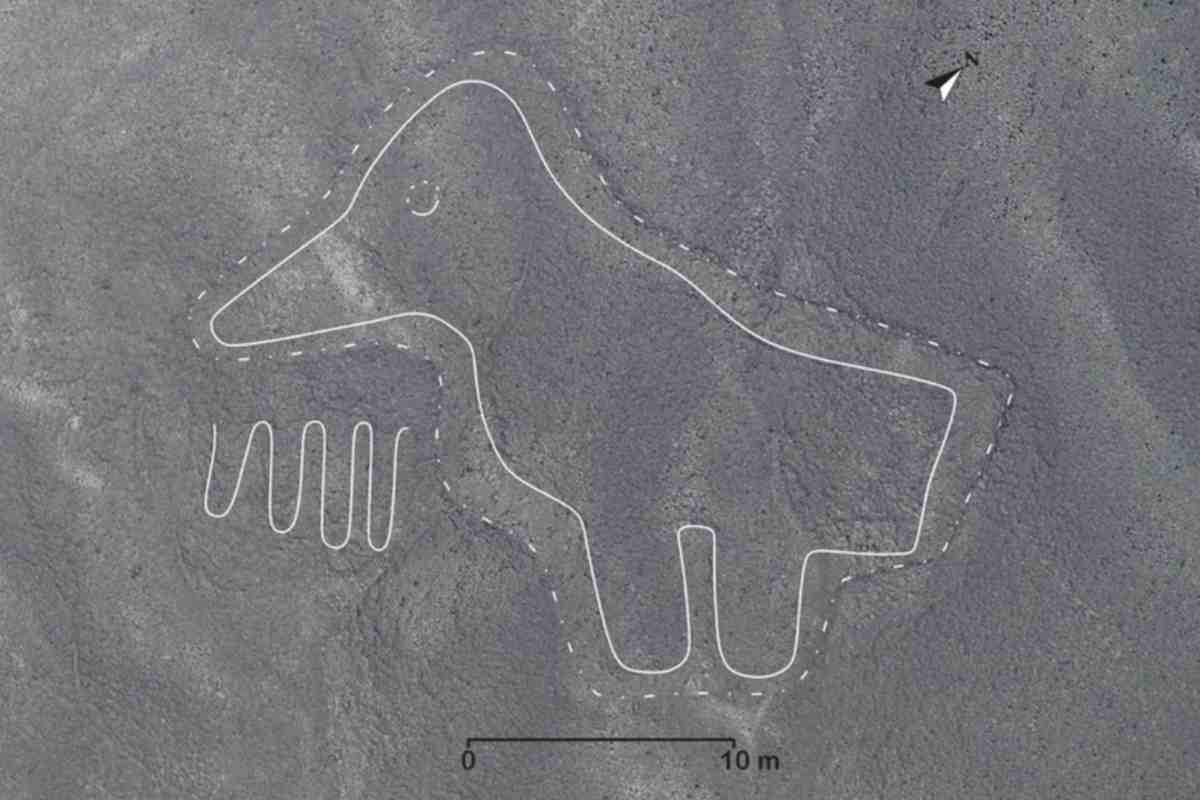
Archaeologists headed by Masato Sakai of Japan’s Yamagata University used drones and aerial images to scour the desolate stone desert outside the Peruvian city of Nazca for further geoglyphs between June 2019 and February 2020.
In their investigation, they looked in places where many Nazca lines and ground pictures had already been discovered. An AI system was used to examine the pictures, and it was able to pick up geometric patterns that were almost invisible to the naked eye.
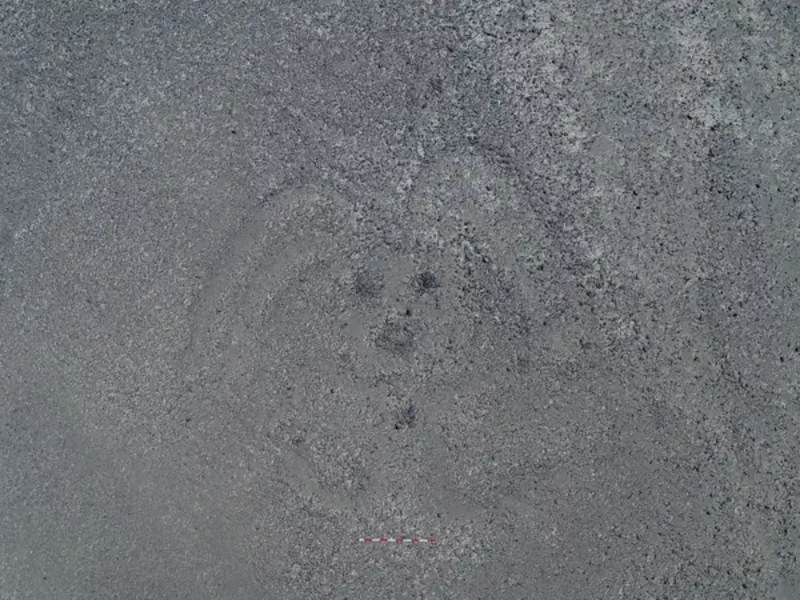
Actually, the researchers uncovered new drawings unseen before. 168 new, unidentified Nazca ground pictures. This brings the total number of geoglyphs documented in the Nazca region to 358.
The motifs, the largest of which may span several meters in length, were likely created between the years 100 B.C. and 300 A.D. The Nazca uncovered the geoglyphs’ outlines by moving away the stones and crusts encased in black desert varnish.
There are animals, humanoids, and geometric designs
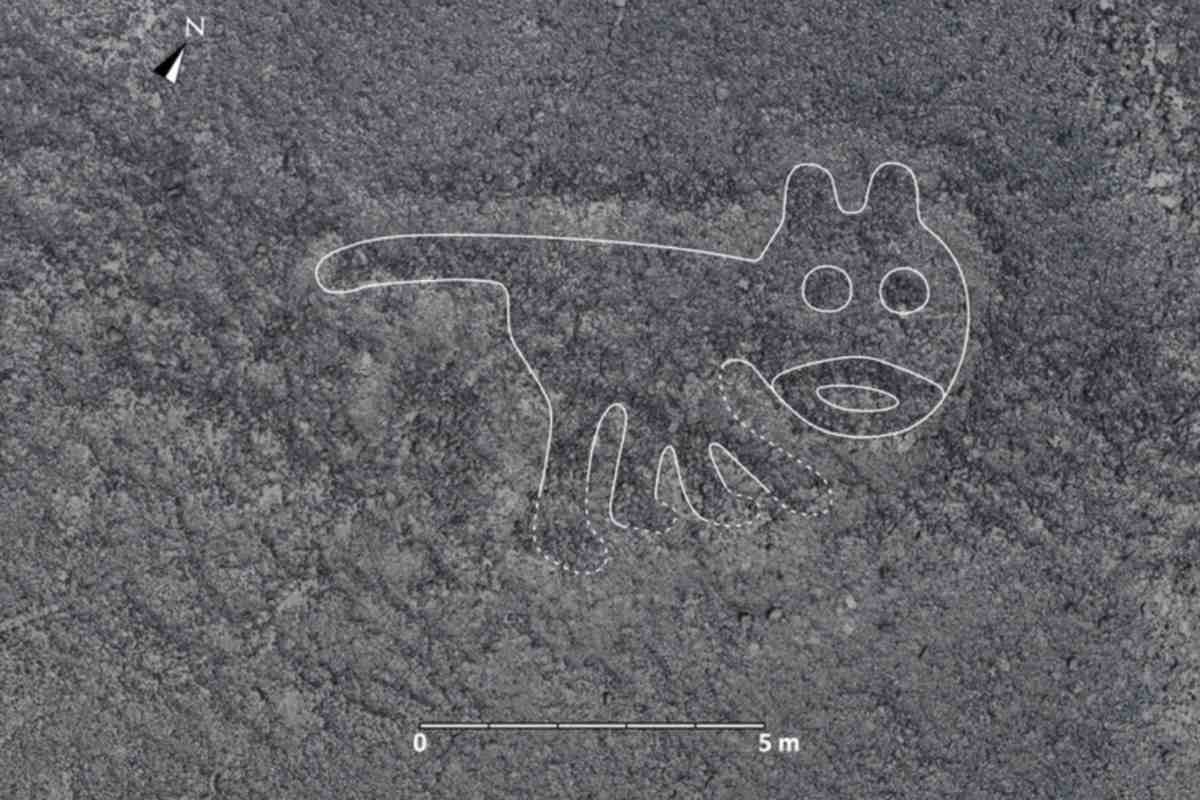
Birds, cats, snakes, llama-like ungulates, and even orcas are just some of the species shown in the recently found Nazca drawings. Also seen among the geoglyphs are humanoids, lines, and other rudimentary geometric designs. These ground drawings typically cover a distance of less than a dozen feet. Most often, you’ll find them on the outskirts of long-lost trails in the stony wastes.
It is still not entirely clear why the Nazca and, earlier, the Paracas civilizations made these somewhat huge ground drawings. The criteria through which they chose their motivations are also debatable.
Future assessments of the distribution of the different ground pictures and their themes, aided by AI, are expected to provide additional insight into this question for archaeologists working in the area.
In 2017, an archaeological park was formed in a region close to the heart of the Nazca lines due to the very high concentration of geoglyphs in that location. It has grown to include 77 of these geoglyphs, with the stated goal of protecting them against future human development.


